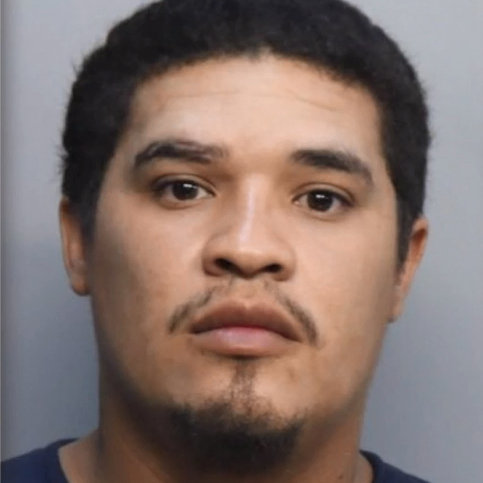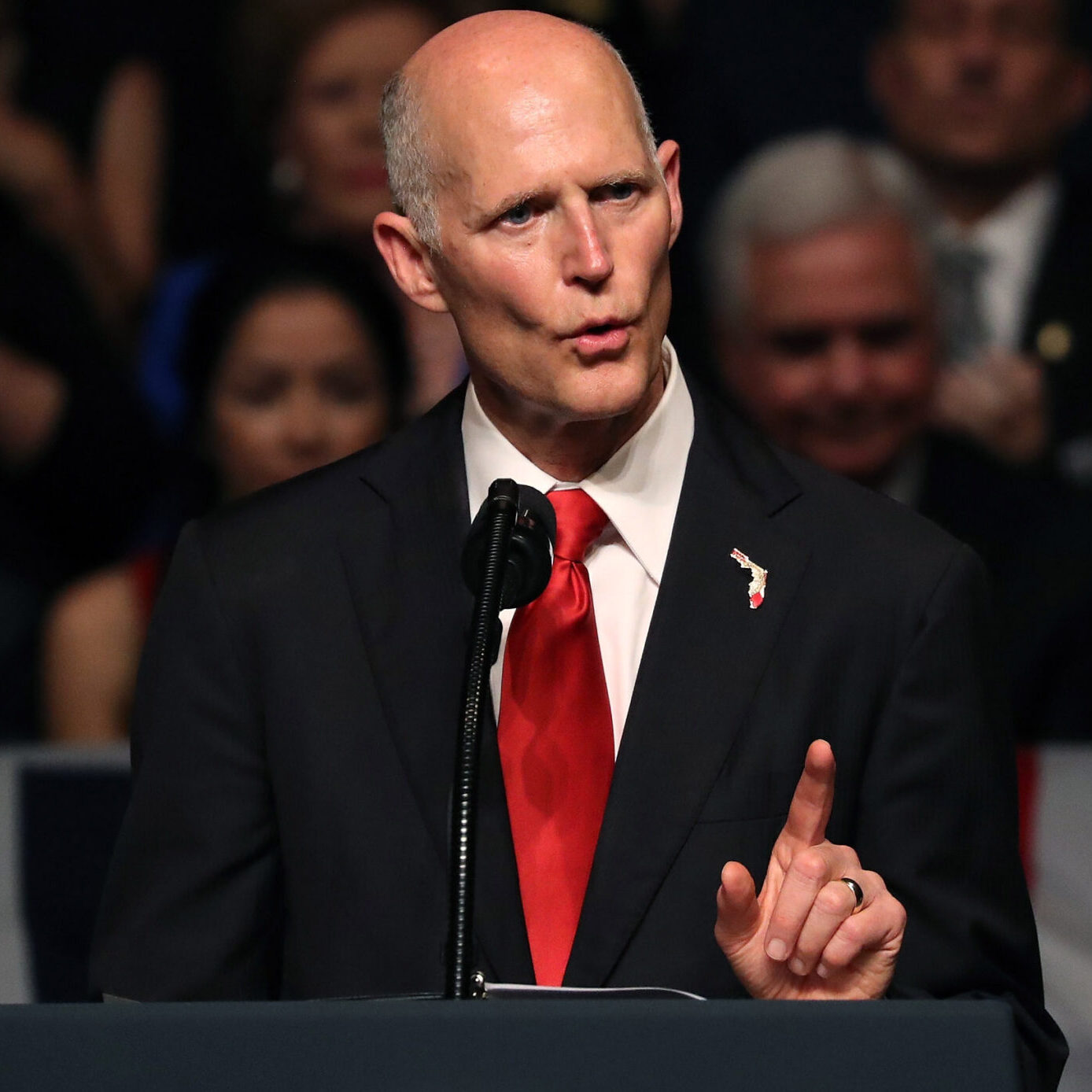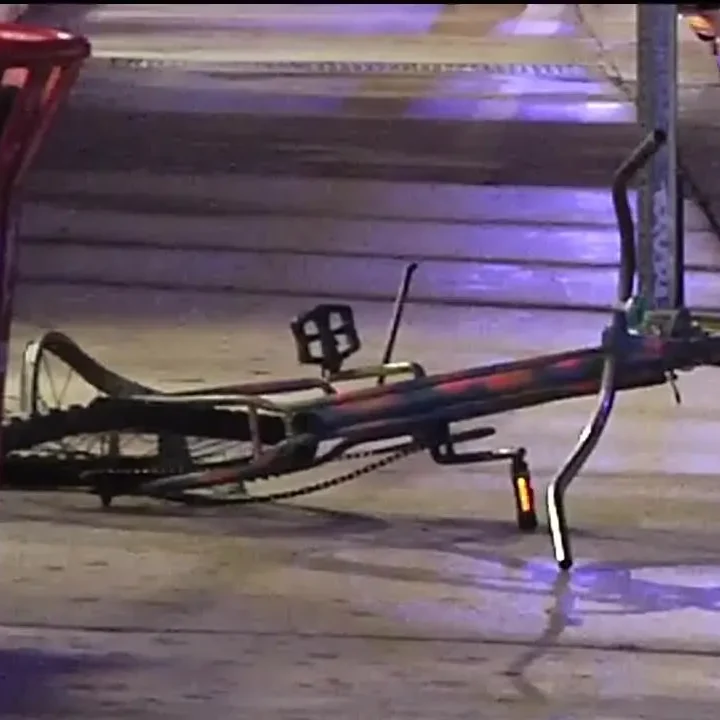School reopenings have become a hotly debated issue across the U.S. as the Trump administration is threatening to withhold funds from schools that do not open in-person as scheduled. A number of public school systems such as New York have begun to plan for the new year. Many plans call for an extension of online-only learning through the fall.
One school system that may be better prepared for a reopening despite its state’s rising COVID-19 cases is that of the Miami-Dade County Public Schools (M-DCPS) school district.
Operating under extremely challenging environmental conditions isn’t new for the district, Alberto M. Carvalho, the district’s superintendent, told Yahoo Finance.
“The reason why we had the seamless transition from traditional schooling to distance learning is because we had been somewhat influenced by the fact that we are coastal towns subject to periodic hurricane threats,” he said. “So we do have experience in shutting down our school systems and continuing education.”
At the beginning of the pandemic in the U.S., the M-DCPS distributed 119,000 devices to students. It also trained more than 18,000 teachers on distance learning best practices, distributed more than 4,900,000 meals, and raised $1 million to support community feeding.
“Data is in our DNA,” says Carvalho, who says the M-DCPS is a very data-heavy school system.
The district is currently in Phase 1 of Florida’s recovery plan, according to the district. The 2020 – 2021 proposed plan assumes that schools will reopen once Miami-Dade County is in Phase 2. The Miami plan is said to be built to ensure the district can rapidly pivot, if necessary, in response to a shift back to Phase 1 or to a broader reopening under a transition to Phase 3.
The M-DCPS reopening approach heeds social distancing advice from both the CDC and the state officials to create a student experience that advocates “safety first.” The main tenants of the in school safety measures include:
Establishing protocols for expanded entry areas in compliance with State mandates for safety and security
Assessing staggered arrival and dismissal times for students
Establishing parent pick-up/drop off protocols
Evaluating emergency drill procedures (active shooter, fire drill, etc.)
Staggering classroom release, when feasible
Creating protocols for transitions during passing times
Strategically placing signage to reinforce safety protocols
Requiring parents to perform temperature checks on students prior to school arrival
Requiring face coverings for staff and students





